Living Willow Fence Ideas - Tips For Growing A Living Willow Fence
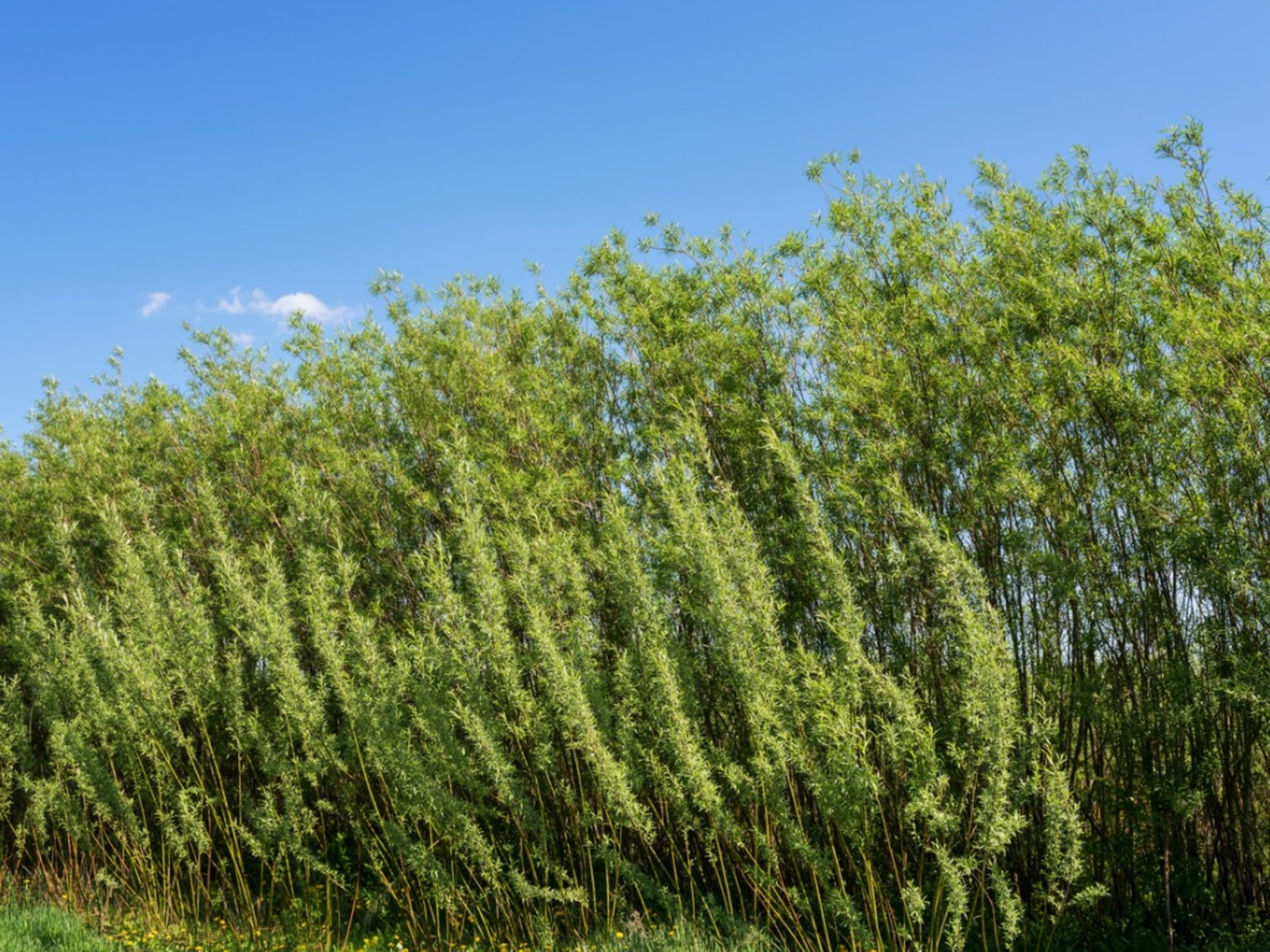

Creating a living willow fence is an easy, inexpensive way to build a fedge (cross between fence and hedge) to screen a view or divide garden areas. Using long, straight willow branches or rods, the fedge is typically constructed in a diamond pattern, but you can come up with your own living willow fence ideas.
The fedge grows quickly, often 6 feet (2 m.) per year, so trimming is necessary to train the structure in the shape you want.
Live Willow Fence Making: Learn About Planting A Living Willow Fence
Live willow fence making begins with the preparation of the site. Choose a moisture-retentive area in full sun for the best growth, but Salix is not fussy about soil. Plant at least 33 feet (10 m.) from any drains or structures. Clear the grass and weeds on the site. Loosen the soil about 10 inches (25 cm.) deep and work in some compost.
Now you are ready to order your willow rods. Specialist growers typically sell one-year rods in different widths and strengths, depending on the Salix variety. You need rod lengths of 6 feet (2 m.) or more. The number of rods you need will depend on how long the fence will be and how close together you insert the rods.
Living Willow Fence Ideas - Tips for Growing a Living Willow Fence
To install your fedge in spring, first prepare holes in the soil with a screwdriver or dowel rod. Insert half the willow stems in the ground about 8 inches (20 cm.) deep and about 10 inches (25 cm.) apart at 45-degree angles. Then come back and insert the other half of the stems in between, angled the opposite direction, creating a diamond pattern. You can tie some of the joints together for stability.
Add mulch to the ground around the stems to conserve moisture and cut down on weeds.
As the roots develop and the willow grows, you can train the new growth into the existing design to make it taller or weave it into bare spots.
Gardening tips, videos, info and more delivered right to your inbox!
Sign up for the Gardening Know How newsletter today and receive a free copy of our e-book "How to Grow Delicious Tomatoes".

After graduating from Oklahoma State University with a degree in English, Susan pursued a career in communications. In addition, she wrote garden articles for magazines and authored a newspaper gardening column for many years. She contributed South-Central regional gardening columns for four years to Lowes.com. While living in Oklahoma, she served as a master gardener for 17 years.
-
 Terrifically Tubular Flowers For Hummingbirds: 9 Tube-Flowered Plants To Attract Hummers
Terrifically Tubular Flowers For Hummingbirds: 9 Tube-Flowered Plants To Attract HummersGrowing tubular flowers for hummingbirds helps you create the optimum feeding conditions for your winged friends. Here are nine tubed delights for hummers
By Tonya Barnett
-
 How To Grow Hydroponic Tomatoes For Fresh Indoor Harvests – No Soil Required
How To Grow Hydroponic Tomatoes For Fresh Indoor Harvests – No Soil RequiredLearning how to grow tomatoes in water is easy and allows you to harvest fresh-home-grown produce in every season without any mess.
By Ellen Wells
-
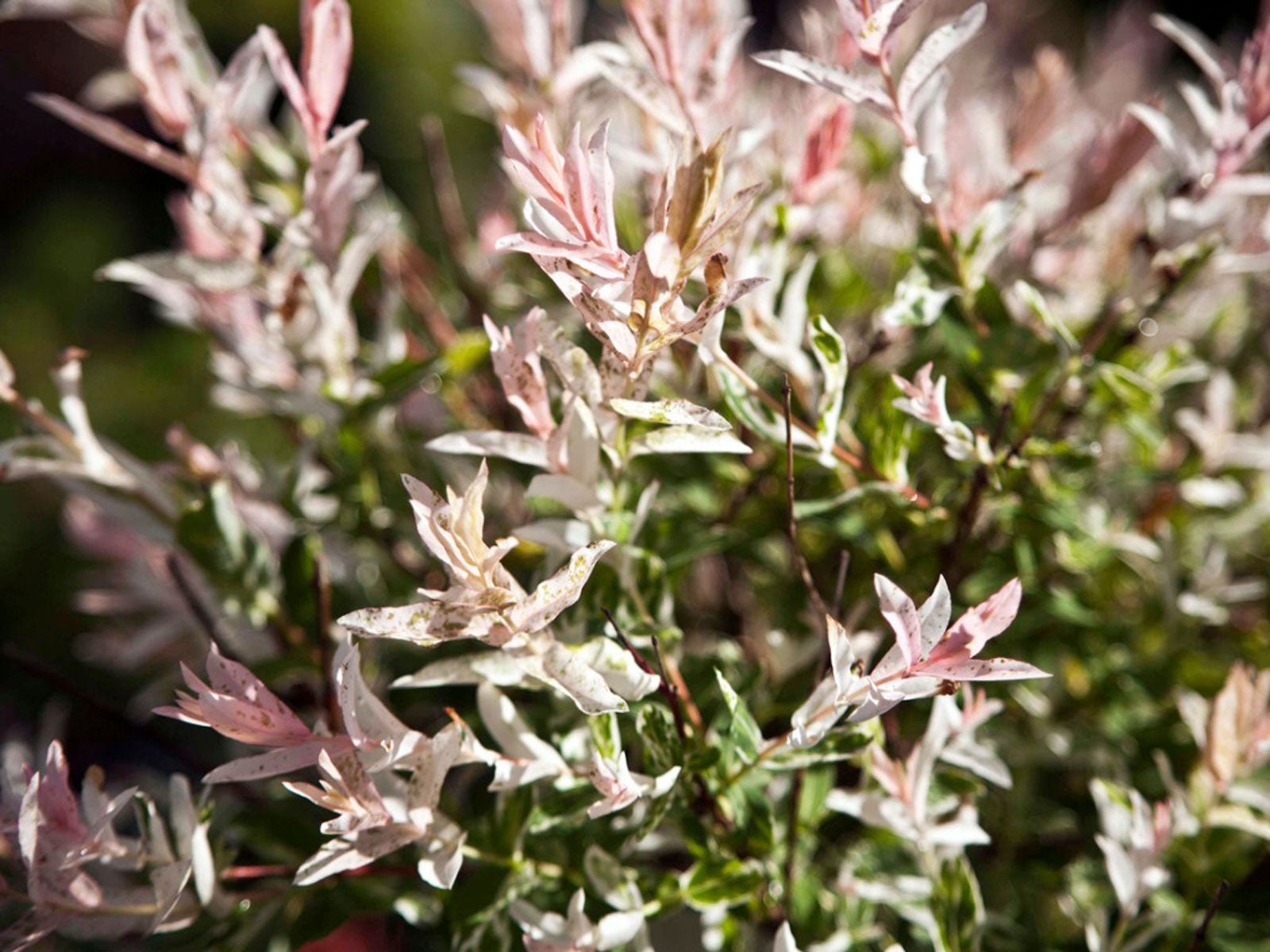 What’s Wrong With My Dappled Willow: Common Dappled Willow Problems
What’s Wrong With My Dappled Willow: Common Dappled Willow ProblemsDappled willow is one of the smaller members of the willow family. Although undemanding, it will occasionally see problems. Learn about them here.
By Teo Spengler
-
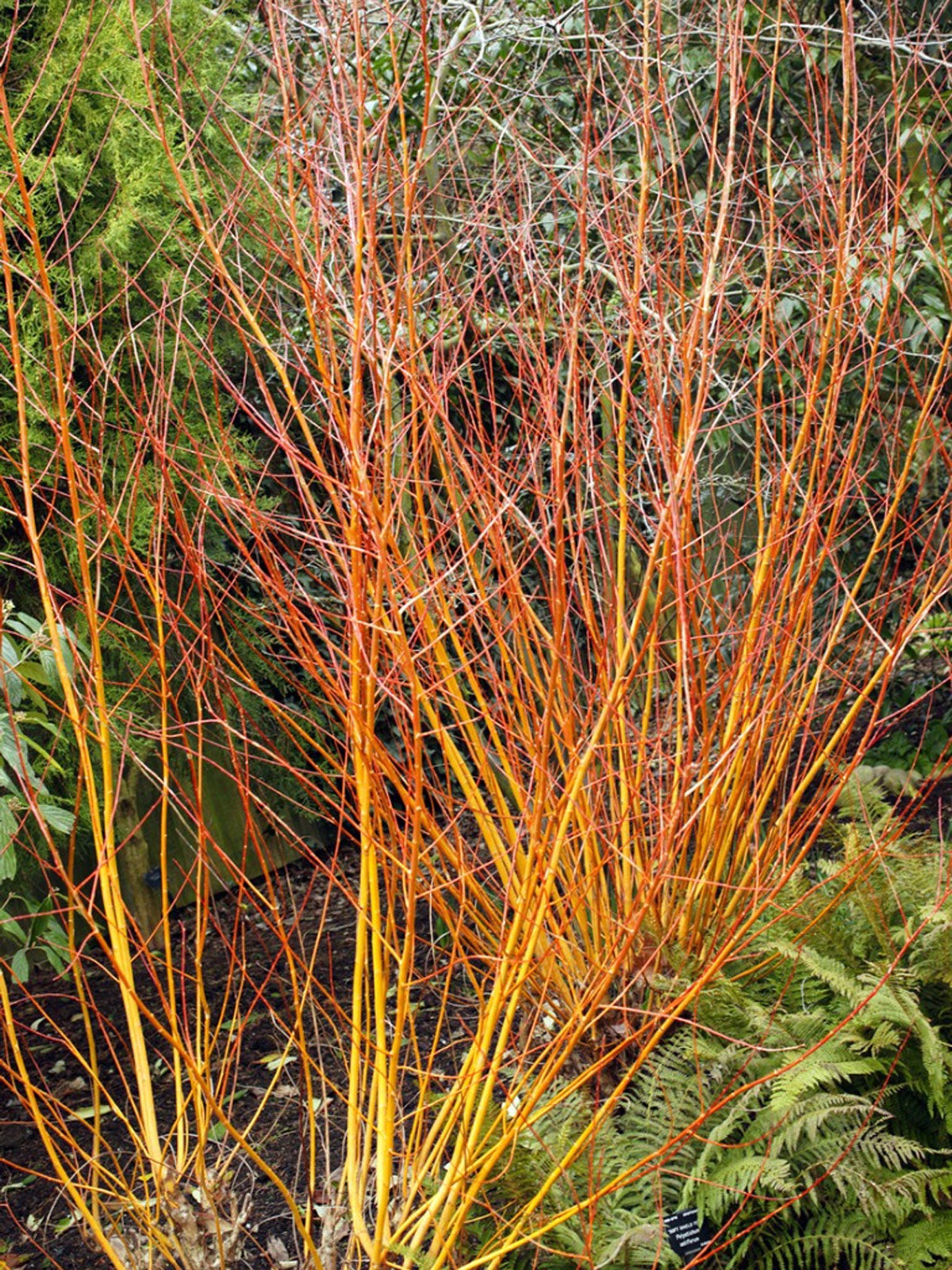 Coral Bark Willow Care – What Is A Coral Bark Willow Tree
Coral Bark Willow Care – What Is A Coral Bark Willow TreeFor lovely winter interest and nice summer foliage, you can’t go wrong with coral bark willow shrubs. Click here for tips on coral bark willow care.
By Teo Spengler
-
Peachleaf Willow Facts – Peachleaf Willow Identification And More
Few trees are easier to grow than native willows. Peachleaf willow trees are no exception. It’s not hard to identify peachleaf willows since they have leaves that look similar to the foliage of peach trees. Click here for peachleaf willow facts that describe this native tree.
By Teo Spengler
-
 Willow Varieties – Types Of Willow Trees To Grow In The Landscape
Willow Varieties – Types Of Willow Trees To Grow In The LandscapeIf you are curious about which willow varieties might work well in your yard or garden, you’ll need to start by figuring out how much room you have and what growing conditions you can offer. Click here for an overview of popular varieties of willows.
By Teo Spengler
-
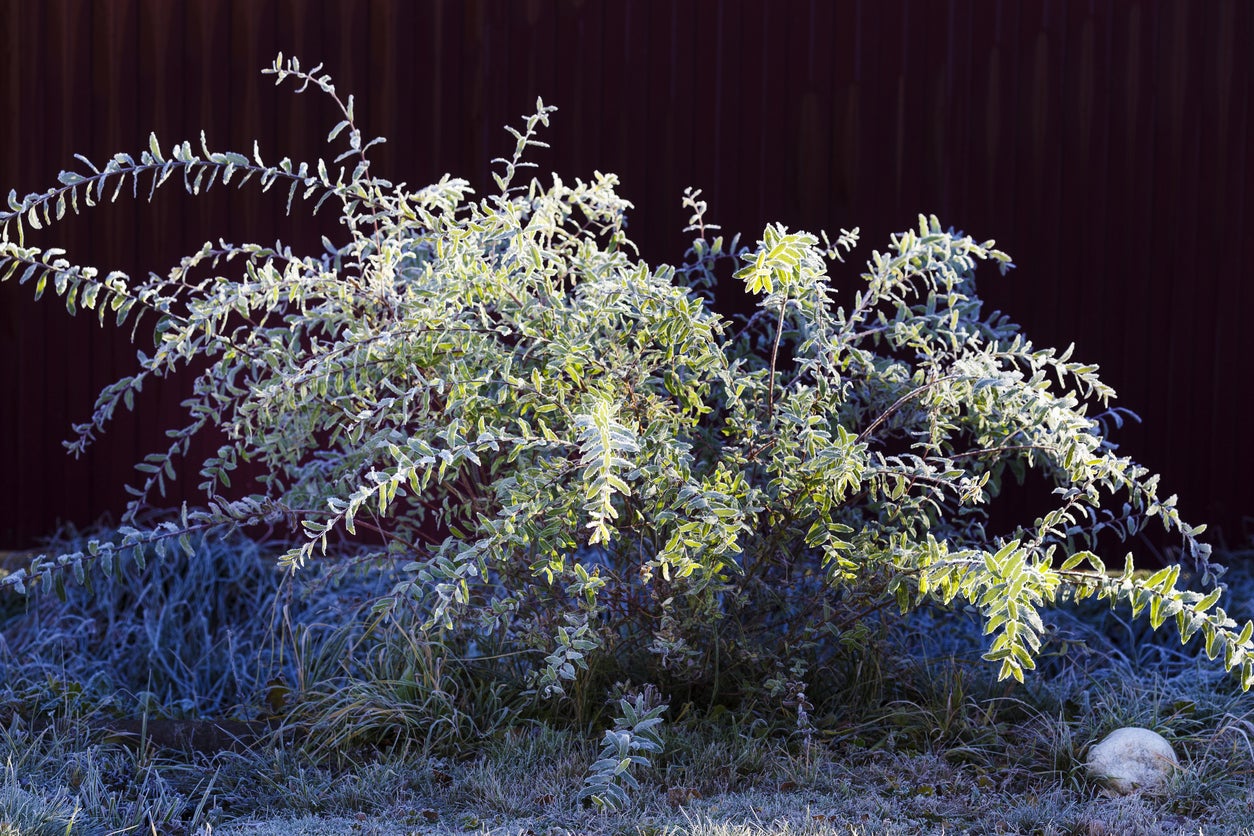 Pruning A Dappled Willow – How To Prune Dappled Willow Shrubs
Pruning A Dappled Willow – How To Prune Dappled Willow ShrubsThe dappled willow is a popular ornamental tree with a graceful weeping habit. Since this tree grows quickly, pruning a dappled willow is always an important part of the maintenance. Click here for information on dappled willow pruning.
By Teo Spengler
-
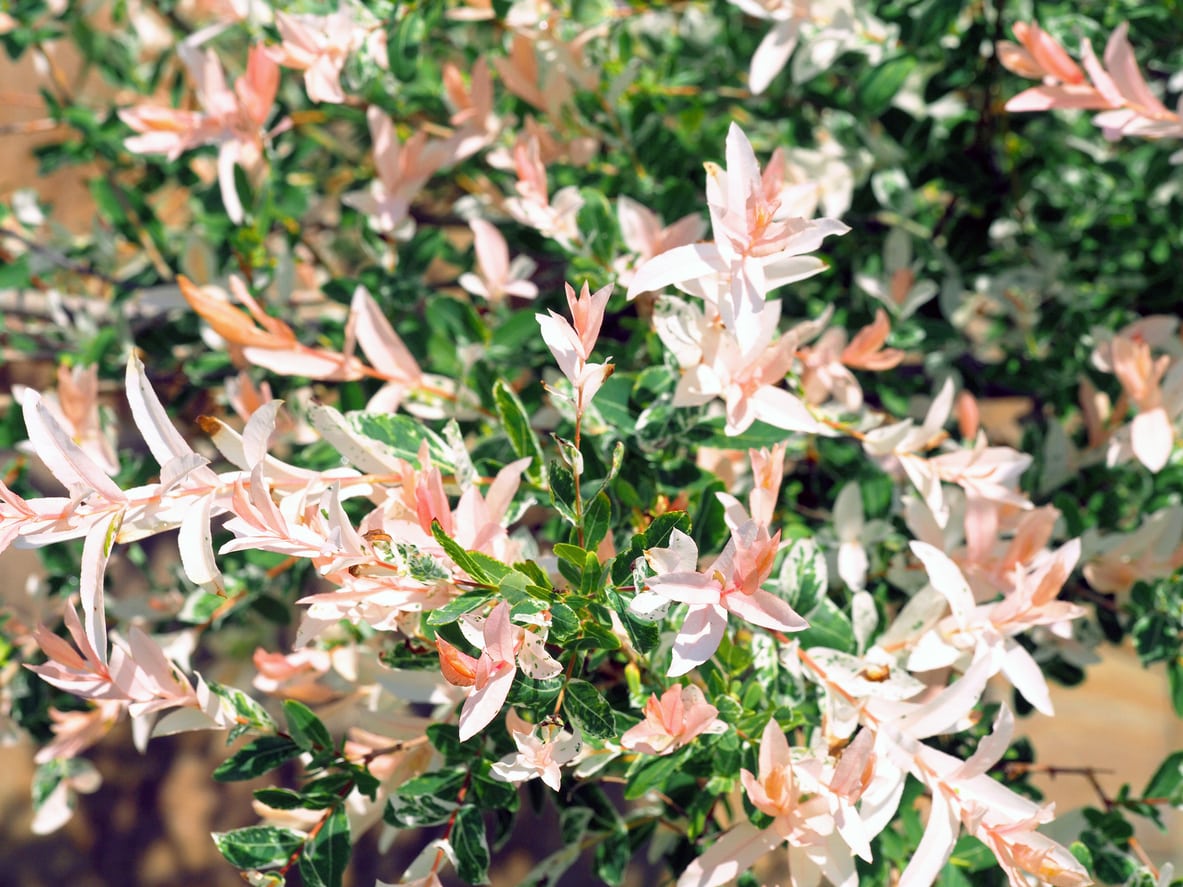 Japanese Willow Pruning – How To Cut Back A Japanese Willow Tree
Japanese Willow Pruning – How To Cut Back A Japanese Willow TreeLike most willows, Japanese willow trees grow extremely fast. Trimming Japanese willows is a chore you may have to do several times a year to keep the shape and size in check. Click this article to learn how to prune Japanese willows.
By Darcy Larum
-
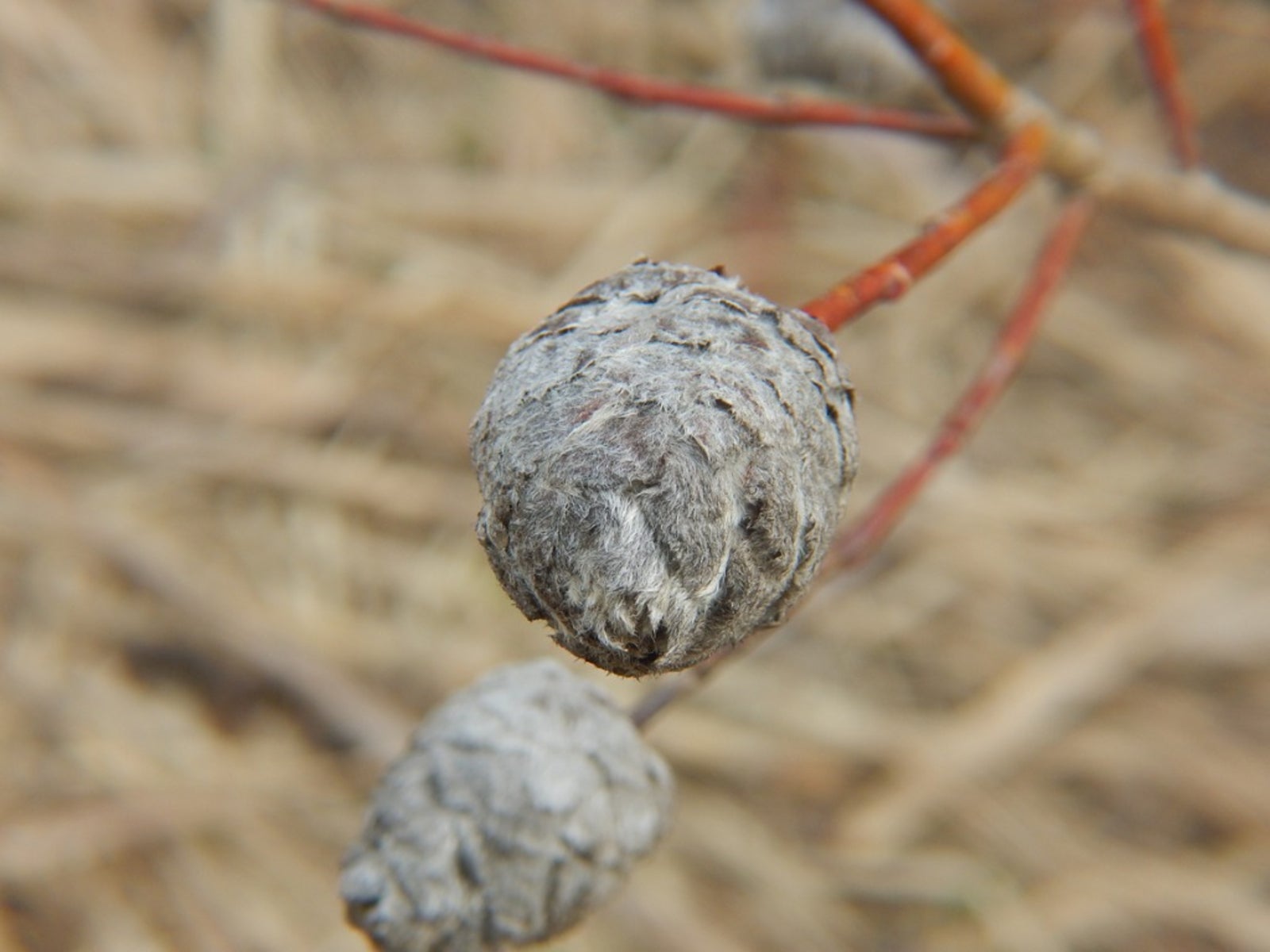 What Are Willow Galls: Learn About Galls On Willow Trees
What Are Willow Galls: Learn About Galls On Willow TreesWillow tree galls are unusual growths that appear on willow trees. You may see different varieties on leaves, shoots, and roots. The galls are caused by sawflies and other pests as well as bacteria and can look quite different depending on the pest causing them. Learn more here.
By Teo Spengler
-
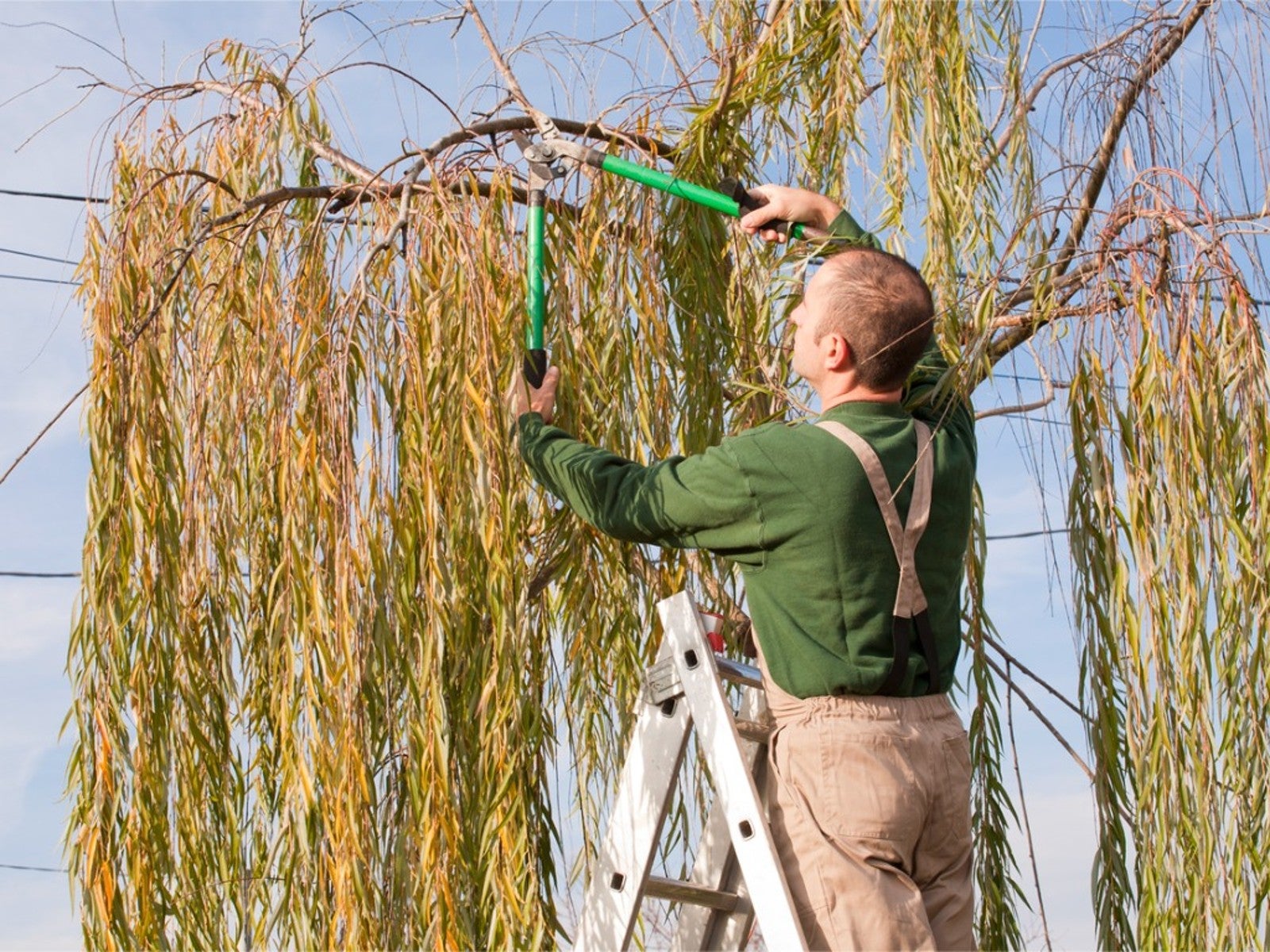 Weeping Willow Pruning: Should I Cut Back A Weeping Willow Tree
Weeping Willow Pruning: Should I Cut Back A Weeping Willow TreeNo tree is more graceful than the beautiful weeping willow with its long tresses swaying gracefully in a breeze. But that cascading foliage and the branches that support it need to be cut back from time to time. Learn about pruning the tree in this article.
By Teo Spengler